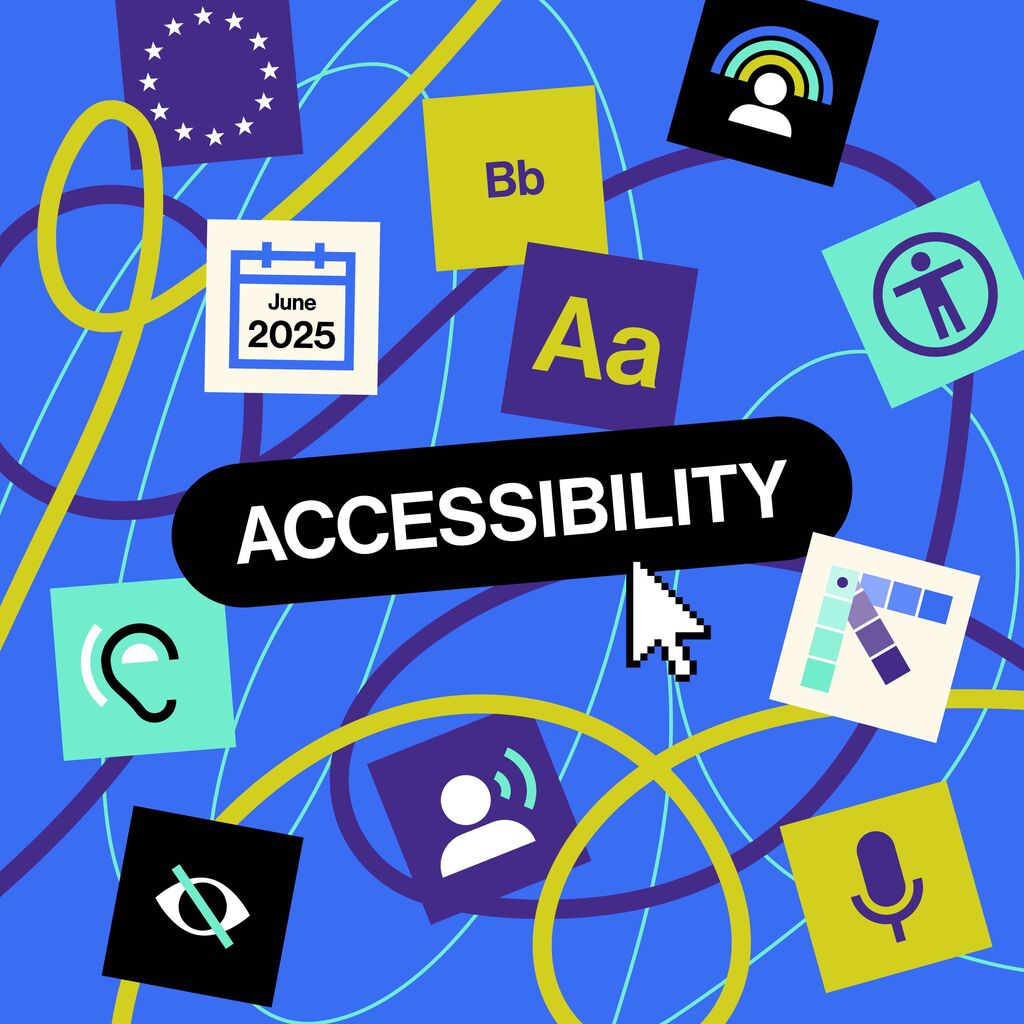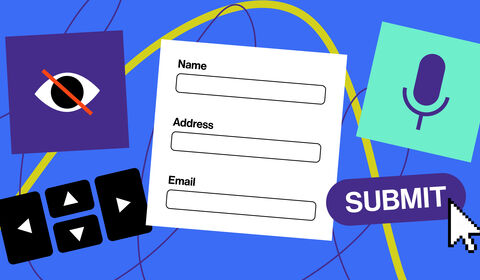Mind the (digital) gap: Websites that work for everyone
If there was one thing you could do to improve your brand’s reach, promote inclusion and enhance your customer experience – wouldn’t you do it?
Jack Stenson explains why the European Accessibility Act is much more than just a legal requirement. It’s a vital brand tool.

Developer Jack Stenson is Hampton’s UX and accessibility champion.
What is this all about?
Accessibility is fundamental to building a digital product, not an afterthought. If accessibility isn’t considered at the start of the project, it can be costly to fix. The European Accessibility Act (EAA) is a European Union directive aimed at improving the accessibility of products and services across EU member states, especially for people with disabilities.
The act is designed to improve access for people with physical, sensory or cognitive disabilities. But the truth is, everyone benefits from more accessible digital interfaces, such as simplified navigation, readable text, and voice controls.

Considering accessibility in colour choices
Is this just ticking a compliance box?
EAA regulations are much more than just a legal requirement. Over 87 million people across the EU are living with a disability – that’s one in four people. The EAA ensures everyone can access products and services on an equal basis. But it also promotes inclusion for people without disabilities, including the elderly, people with temporary impairments or anyone in a challenging environment (have you ever had to use a voice assistant because your hands were full?). Removing unnecessary barriers means wider participation in society, work, education, travel and entertainment – for all of us.
And that means an expanded customer base.

Designing for accessibility through inclusive design best practices
Will I need to overhaul my entire website?
70-80% of accessibility issues can be avoided at the design stage, but we can still audit existing sites and provide realistic solutions. The good news is bringing design in line with accessibility usually leads to better design overall. It’s simpler, cleaner, more intuitive. Remember, features like voice assistants, subtitles and keyboard shortcuts were created for accessibility reasons but now everyone uses them.
There’s no time like the present.
Regulations are tightening globally, so aligning standards now will not only avoid fines, but help to future-proof your business and stay ahead of the curve.
Book a call with me and we can get started.



